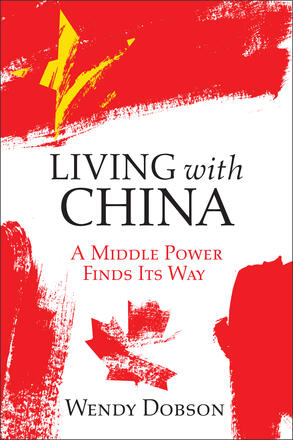
Living with China
A Middle Power Finds Its Way
Description
Living with China urges Canadians to adopt a forward-looking China strategy that recognizes the significance of China’s history and values for its development model of authoritarian state capitalism and managed markets. Living with China is one of the first comprehensive volumes on a forward-looking Canada–China strategy. The recommended strategy includes more leadership from top officials, building a Canada brand, strengthening our international human capital, addressing security issues, and negotiating bilateral trade and investment liberalization.
Reviews
"In Living with China: A Middle Power Finds Its Way, Dobson provides a highly readable, concise and incisive review of the latest developments in the saga of China's emergence as a new global power. "
- Terence Corcoran
"Living With China is timely and not without controversy. "
- Holly Doan